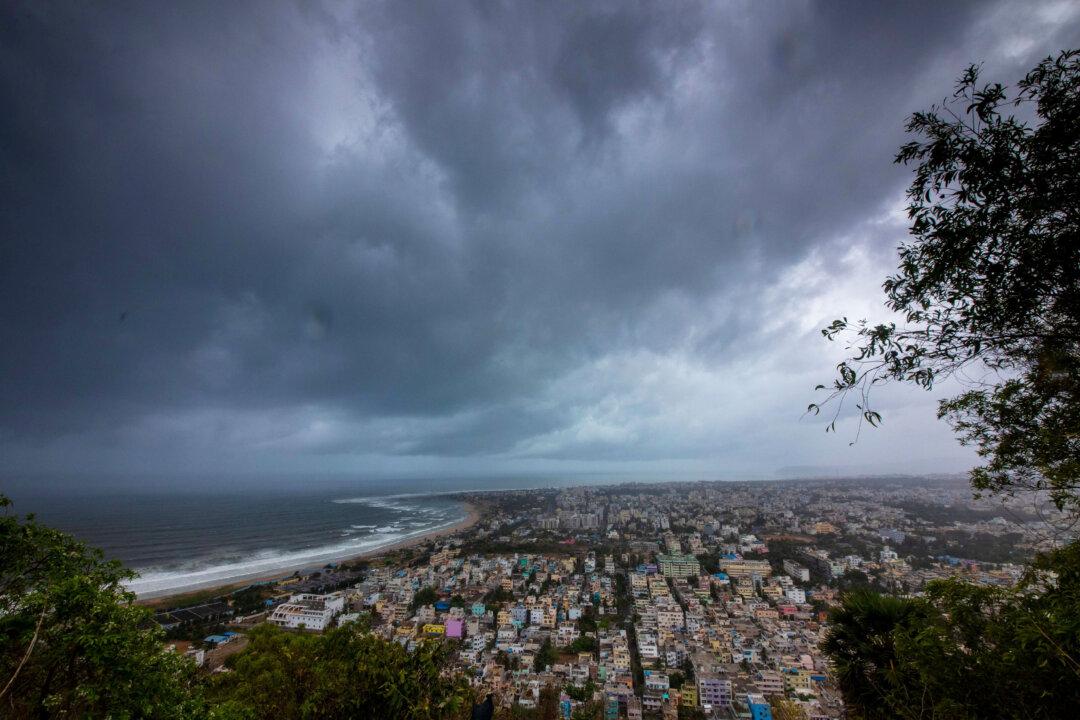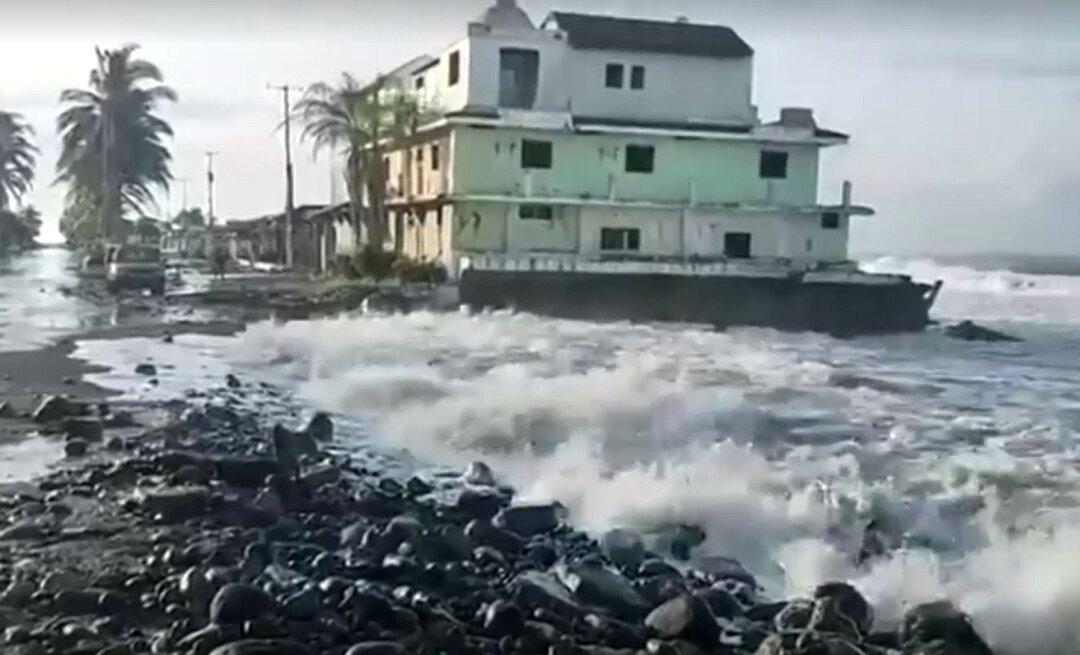What is expected to be the strongest tropical cyclone to make landfall in India in nearly five years is barreling toward 100 million people on the east coast, causing officials to begin emergency evacuations.
At least 800,000 people were forced from India’s eastern coast on April 30, as a cyclone moving through the Bay of Bengal is slated to make landfall later in the week.




